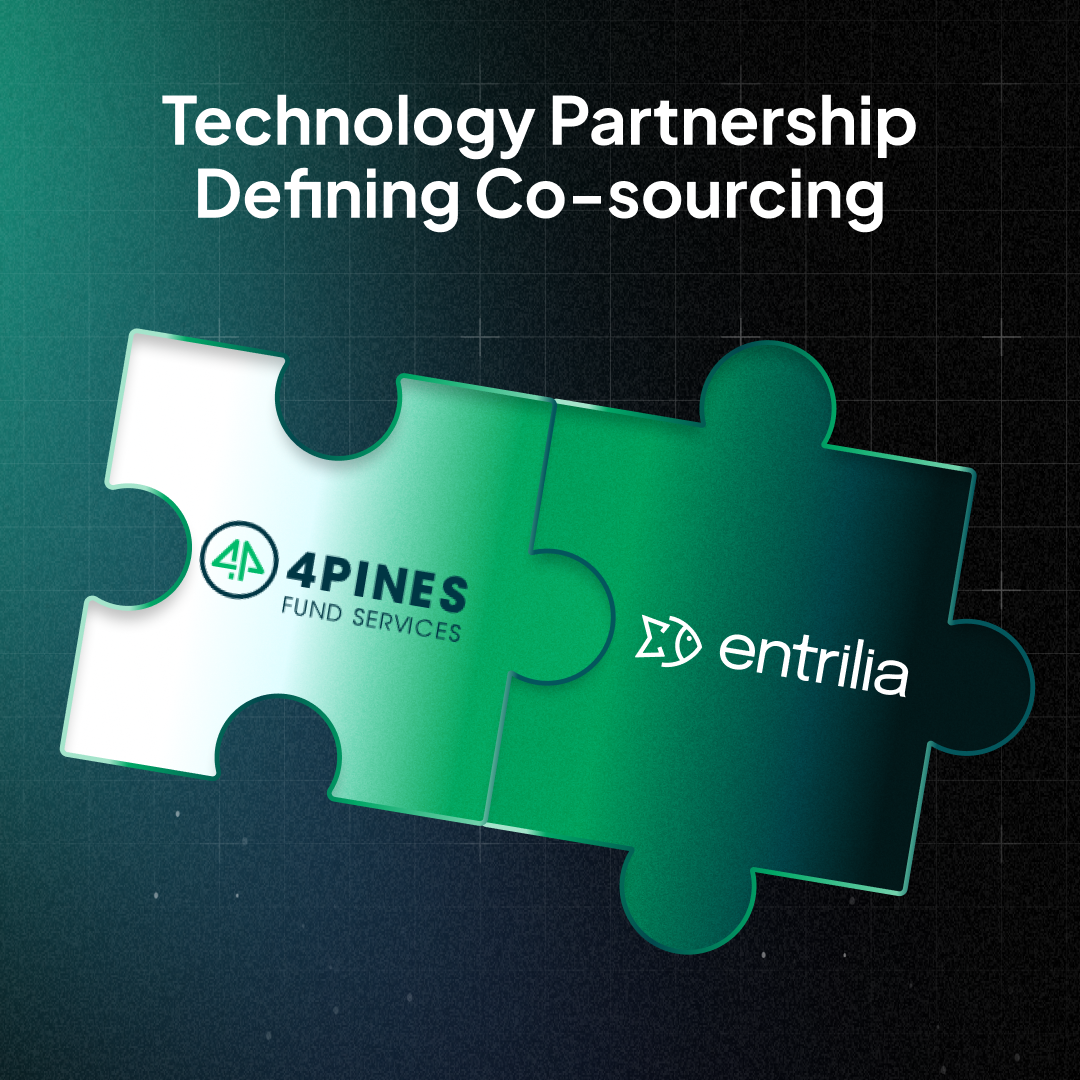As published in International Business Times [link]
We’ve come a long way in our ability to aggregate, analyze, and distribute the critical data that businesses require. Machine learning and artificial intelligence (AI) have enabled business leaders to collect unprecedented amounts of data and gain remarkable insights based on the data.
Yet, one problem keeps getting in the way of a digital-rich world where timely, clean data is available end-to-end for companies and their stakeholders. Business leaders and those of us trying to solve data technology issues keep butting heads against the confinement of data within legacy systems. Locked away in outdated, closed-box platforms, valuable information necessitates multi-step processing to access and migrate from one software to another. This often requires pulling the data out of its digital form, and then putting it into another system through inefficient re-digitization, often demanding multiple cycles of re-digitalization, before it can be used for service providers, customers, or auditors. This creates bottlenecks and highlights the need for significant, resource-intensive processes (some automated, some still manual), underscoring the critical need for a transformative end-to-end approach.
The Rigidity of Legacy Platforms and the ERP
In the field of accounting, the rise and subsequent plateau of the Enterprise Resource Planning (ERP) platform serves as a perfect example of broader technological trends that have unfolded since the 90s. The advent of tailored ERP software and the "front-to-back" platform marked a transformative era. Achievements in efficiency, data consolidation, and standardized workflows redefined how businesses handled financial data, providing a new era of scalability. Firms in the investment industry embraced tailored ERP solutions, as these "front-to-back" platforms brought about unprecedented efficiencies.
Consolidating data and streamlining workflows allowed investment firms to achieve scales of operation that were unimaginable two decades ago. The promise of a greater "end-to-end" digital footprint seemed to be delivering as expected. Managers cheered the ability to operate diverse aspects of their business within a unified platform.
However, amid changes in technology and work culture, the limitations of these once-revolutionary platforms have become apparent. The rise of remote and hybrid work models, coupled with an increasing array of regulations in a now-global industry, exposed the rigidity of these systems. A shortage of accountants has further complicated matters, making it challenging for firms to adapt their platforms and processes to meet challenges in the business environment.
The lack of provisions for multi-organization collaboration has hindered the digital collaboration between administrators and fund managers. The issue has extended to various facets of the investment industry, as data sharing between fund managers and stakeholders like investors, auditors, tax teams, banks, regulators, and custodians involves expensive, custom workflow tools or manual, redundant data processing.
While automation tools powered by machine learning have promised new efficiencies, existing platforms are unable to integrate automated collaborative tools for sharing or viewing data across firms. Fund managers present digital data in reports, which stakeholders then re-digitize using OCR or manual input. This lack of data fidelity has impeded the seamless flow of information and increased data handling risks.
In essence, the very platforms designed to be comprehensive and all-encompassing have become a hindrance to our digital progress. The closed nature of these systems, built with a linear view of collaboration, is ill-suited for the data exchange required in today's interconnected, asynchronous world.
Adopting the “Back-to-Back” Paradigm
To unchain data from legacy systems, business leaders today should focus on collaboration and digital connectivity by cultivating an ecosystem of interconnected modules. Utilizing a back-to-back platform and connecting firms' back-office tools, business leaders can implement advanced technology to break down the walls of individual firms, keep data digitized through its entire flow, and enable a 360-degree real-time data experience.
Back-to-back solutions can help alleviate the reliance on email and spreadsheets for data transfer. The back-to-back platform can drive a fundamental shift in how data is handled, starting with getting operations teams out of version-controlling files inside folders and email inboxes. The platforms are designed to bring collaboration and digital connectivity to the forefront, introducing simple yet powerful features like version controls on reports and maintaining data standardization for seamless sharing with counterparties.
By connecting the back-office tools used by different departments, organizations, and service providers, back-to-back platforms transcend the limitations of closed-box platforms and enable workflow tools with comprehensive automation, keeping data clean and auditable along the way. In this vision, a modular back-to-back platform empowers the seamless digital data experience from firm to firm in real time. As a modular platform, it also has the benefit of a step-by-step integration, avoiding the risky and costly all-at-once replacement of a legacy system.
The Takeaway
As the business landscape evolves, unlocking of data from legacy systems continues to prove paramount. The journey from digital data confinement to seamless data access is a necessity for businesses in order to thrive in the next era of technological evolution. We see a future where collaboration and digital cohesion drive success in an interconnected world. It's a call-to-action for business leaders to embrace transformative solutions, break free from the constraints of traditional data processing, and take manageable next steps toward a more connected and efficient future. The back-to-back platform represents not just a technological advancement but a paradigm shift, signaling a new era where data is unleashed for the benefit of business leaders navigating the complexities of modern business operations.



















.png)